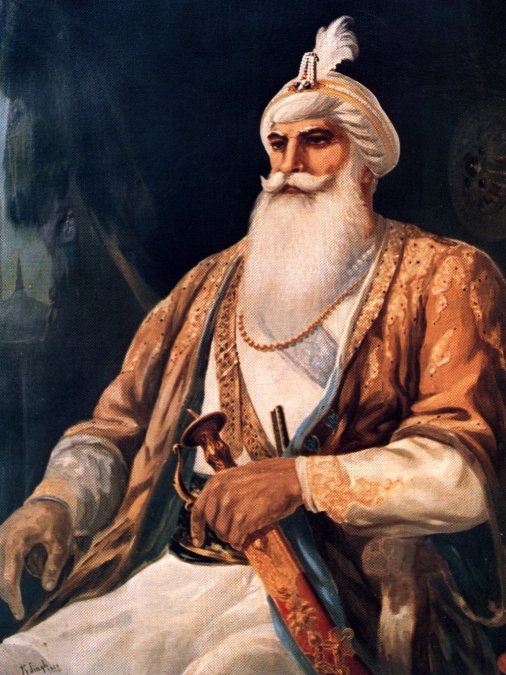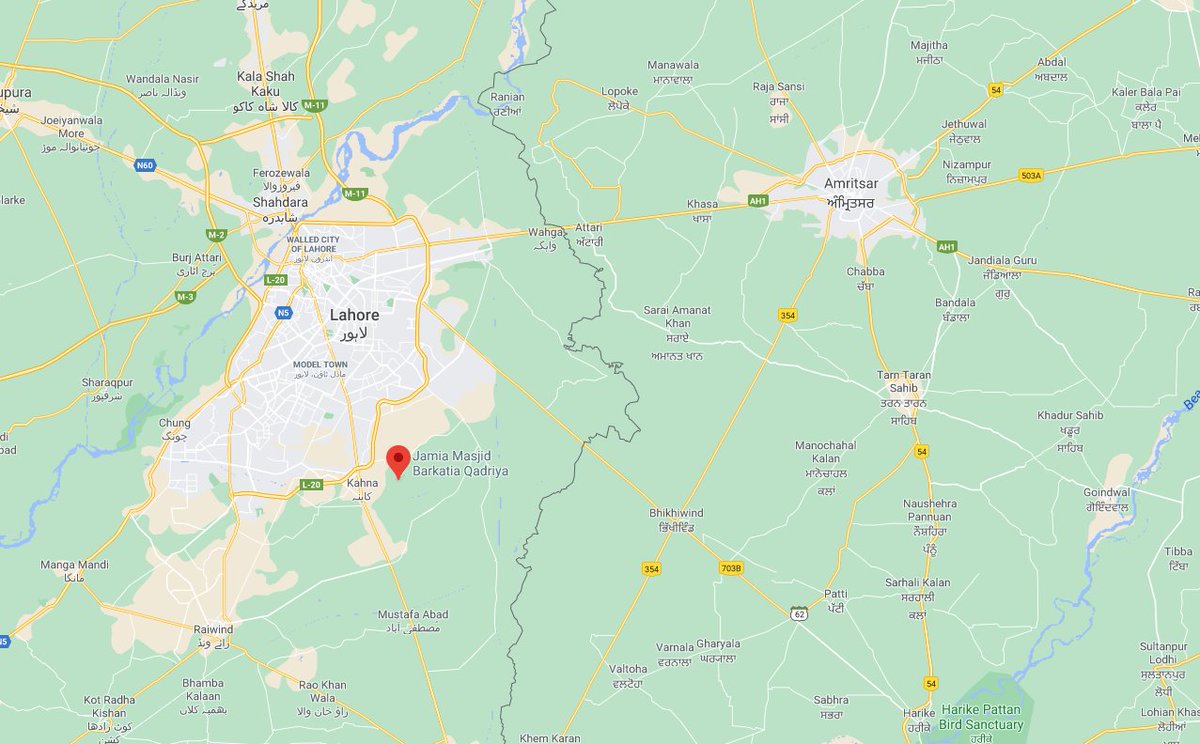The risk/reward ratio was very strong. Not the highest absolute return (could have bought TSLA yolo calls), but great.
My recent article on Ethereum provoked a lot of responses in favor and against, which is good.
https://t.co/WjrJt4VFxL
One of my goals is to identify what is an institutional-grade blockchain, and what is not yet one.
The risk/reward ratio was very strong. Not the highest absolute return (could have bought TSLA yolo calls), but great.
Permissionless payments and self-custody stores of value are important for the world to have.
Certainly one thing here to stay for a while is stablecoins of various types.
Hence my 80/20, 90/10, or 100/0 BTC/ETH description in the article.
On the other hand, I want to make sure folks are aware of risks, to not lose money on altcoins.
NEW PODCAST EPISODE \U0001f525@LynAldenContact is one of the brightest minds in macro investing
— Bankless \U0001f3f4 (@BanklessHQ) January 18, 2021
We discuss the future uncertainty of the dollar in the current environment
And how this all relates to Bitcoin, Ethereum, and more
Listen \U0001f50ahttps://t.co/ia44j7S4ba
You May Also Like
1/ Here’s a list of conversational frameworks I’ve picked up that have been helpful.
Please add your own.
2/ The Magic Question: "What would need to be true for you
3/ On evaluating where someone’s head is at regarding a topic they are being wishy-washy about or delaying.
“Gun to the head—what would you decide now?”
“Fast forward 6 months after your sabbatical--how would you decide: what criteria is most important to you?”
4/ Other Q’s re: decisions:
“Putting aside a list of pros/cons, what’s the *one* reason you’re doing this?” “Why is that the most important reason?”
“What’s end-game here?”
“What does success look like in a world where you pick that path?”
5/ When listening, after empathizing, and wanting to help them make their own decisions without imposing your world view:
“What would the best version of yourself do”?
Please add your own.
2/ The Magic Question: "What would need to be true for you
1/\u201cWhat would need to be true for you to\u2026.X\u201d
— Erik Torenberg (@eriktorenberg) December 4, 2018
Why is this the most powerful question you can ask when attempting to reach an agreement with another human being or organization?
A thread, co-written by @deanmbrody: https://t.co/Yo6jHbSit9
3/ On evaluating where someone’s head is at regarding a topic they are being wishy-washy about or delaying.
“Gun to the head—what would you decide now?”
“Fast forward 6 months after your sabbatical--how would you decide: what criteria is most important to you?”
4/ Other Q’s re: decisions:
“Putting aside a list of pros/cons, what’s the *one* reason you’re doing this?” “Why is that the most important reason?”
“What’s end-game here?”
“What does success look like in a world where you pick that path?”
5/ When listening, after empathizing, and wanting to help them make their own decisions without imposing your world view:
“What would the best version of yourself do”?














